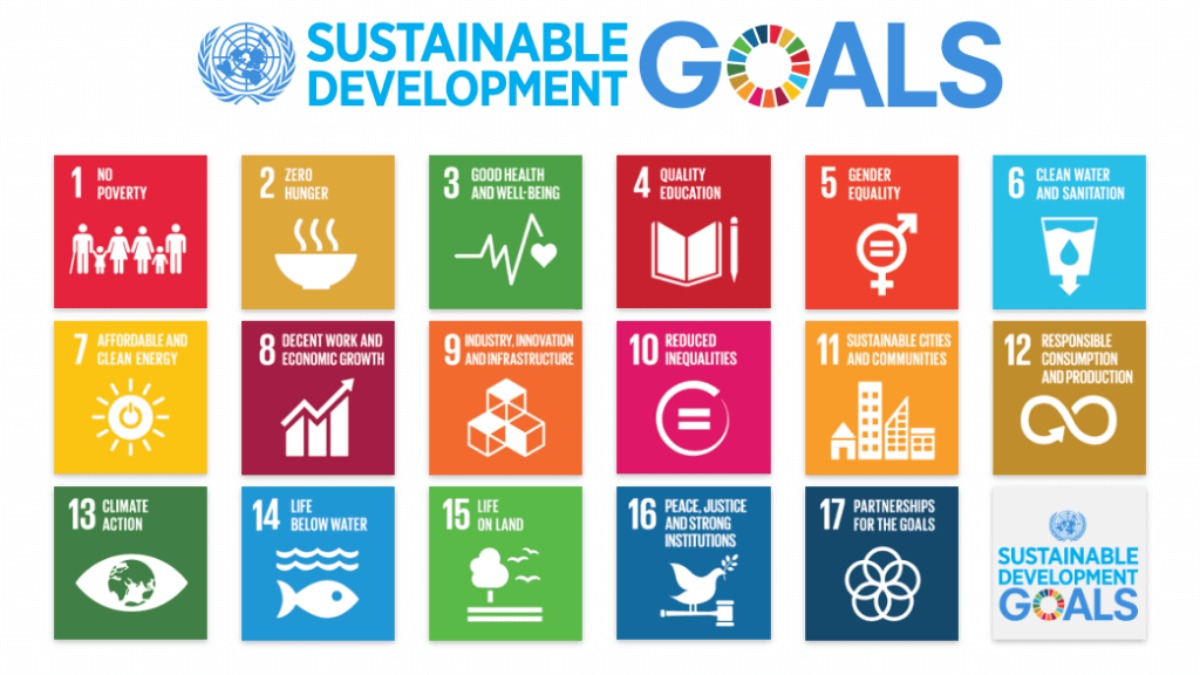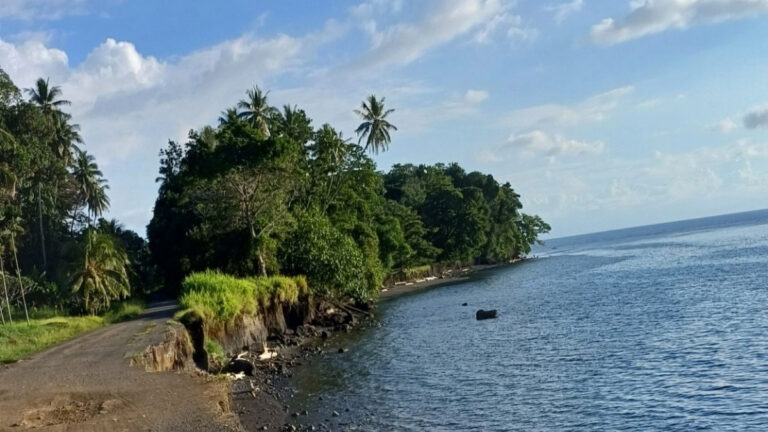By Gargi Gambhir
Sustainability is a widely used strategy in the context of contemporary development. Mankind has faced some serious and disturbing problems since the Industrial Revolution which developed sustainability as a guide to the socio-economic transformation.
Over the period of time, the definition of Sustainability has changed and its marriage to the term ‘development’ started catering to a wide range of social and economic parameters. It’s not so gradual adoption has led to some serious misinterpretations and confusions over the understanding of the terminology.
Ahead, I will be discussing various UN conferences that have played a significant role in establishing the existence of the above-mentioned term and what historical events led to the creation of their goals.
– The first human environment conference was held in Stockholm Sweden, in 1972 that recognized the term Sustainable Development. It was a direct assertation to the concerned issue of strengthening environmental management policies for the economy of a nation.
– In 1987, the World Commission on Environment and Development (WCED) drafted a report on human development, “Our Common Future” which released an official definition of sustainable development.
Sustainable development is a development that meets the needs of the present without compromising the ability of future generations to meet their needs.
– In 1992, the United Nations hosted a conference, in Rio de Janeiro, Brazil, to address the environment and development, giving a kickstart to publicly acknowledging the cause of sustainable development. The conference passed and signed the “Rio Declaration on Environment and Development” and the “Agenda 21”.
– United Nations held a Millennium Summit in its headquarters in New York in the year 2000, where 189 countries adopted the “United Nations Millennium Declaration” and established the Millennium Development Goals (MDGs).
The Millennium Development Goals (MDGs) are 8 goals that commit world leaders to combat poverty, hunger, disease, illiteracy, environmental degradation, and discrimination against women. They are as follows:
- To eradicate extreme poverty and hunger
- To achieve universal primary education
- To promote gender equality
- To reduce child mortality
- To improve maternal health
- To combat HIV/AIDS, malaria, and other diseases
- To ensure environmental sustainability
- To develop a global partnership for the development
– This series of events has led to the National Research Council (NRC) publishing a report, in the year 1999 named “Our common journey: A transition toward sustainability”. The report put forward the word “sustainability science” and explained it as “the science of sustainable development” Sustainable development is now a scientific term that covers agriculture, ecological economic, forestry etc.
– The United Nations held the “Rio+20” Summit in 2012 which direct various international development and environmental conflicts to a singular solution which was the ‘Green Economy’. It was this summit, post which sustainable development stood internationally strong on its four main pillars:
- Economics
- Society
- Environment
- Governance
– In September 2015, a Sustainable Development Summit was held at the United Nations Headquarters in New York that adopted the “Transforming our World — the 2030 Agenda for Sustainable Development” based on the assessment of earlier implemented MDGs. Sustainable Development Goals (SDG) are similar to MDGs in their major concern of addressing economic growth.
In addition to that SDGs also forward the concept of inclusive growth and Sustainable Development featuring coordinated economic, social, and environmental development.
Now to briefly explain what SDGs are.
Based on the MDGs and their implementation, the UN adopted the SDGs in the year 2015, which incorporated six elements of generality:
- Dignity
- Human Beings
- The planet
- Prosperity
- Justice
- Partnership
SDGs are comprised of 17 goals and 169 sub-goals to guide all the developing and developed countries towards the common goal for the next decade. If analysed carefully the major difference between MDGs and SDGs are as follows:
- SDGs are more universal than MDGs. MDGs were targeted at developing countries whereas SDGs is a centralised goal with a common path of implementation.
- SDGs are more comprehensive and specific than MDGs. For instance, MDG ‘ensures environmental sustainability’ whereas SDG defines goals more directed goals such as ‘combating climate change, conserving and sustainably using the oceans, seas, and marine resources.’
- SDGs have higher standards than MDGs. SDGs have a larger targeted audience and causes because a larger number of nations is obliged to work towards these. SDGs attempt to approach a problem from the very root.
- There are some additions in the SDGs making it a more detailed and directed plan. Data revolution. Goal 17 of SDGs proposes to enhance the ability to obtain high-quality, timely, and reliable data. This concept was not mentioned in MDGs.
- Transformation of the development paradigm. Compared with the MDGs, SDGs call on people who live in extreme poverty in developing countries to not only survive but also live with dignity.
The aforementioned Sustainable Development Goals can further be (literally) compared to the above-mentioned Millennium Development Goals to understand and comprehend the differences explained.
- Goal 1: No Poverty
- Goal 2: Zero Hunger
- Goal 3: Good Health and Well-being
- Goal 4: Quality Education
- Goal 5: Gender Equality
- Goal 6: Clean Water and Sanitation
- Goal 7: Affordable and Clean Energy
- Goal 8: Decent Work and Economic Growth
- Goal 9: Industry, Innovation and Infrastructure
- Goal 10: Reduced Inequality
- Goal 11: Sustainable Cities and Communities
- Goal 12: Responsible Consumption and Production
- Goal 13: Climate Action
- Goal 14: Life Below Water
- Goal 15: Life on Land
- Goal 16: Peace and Justice Strong Institutions
- Goal 17: Partnerships for the Goals




